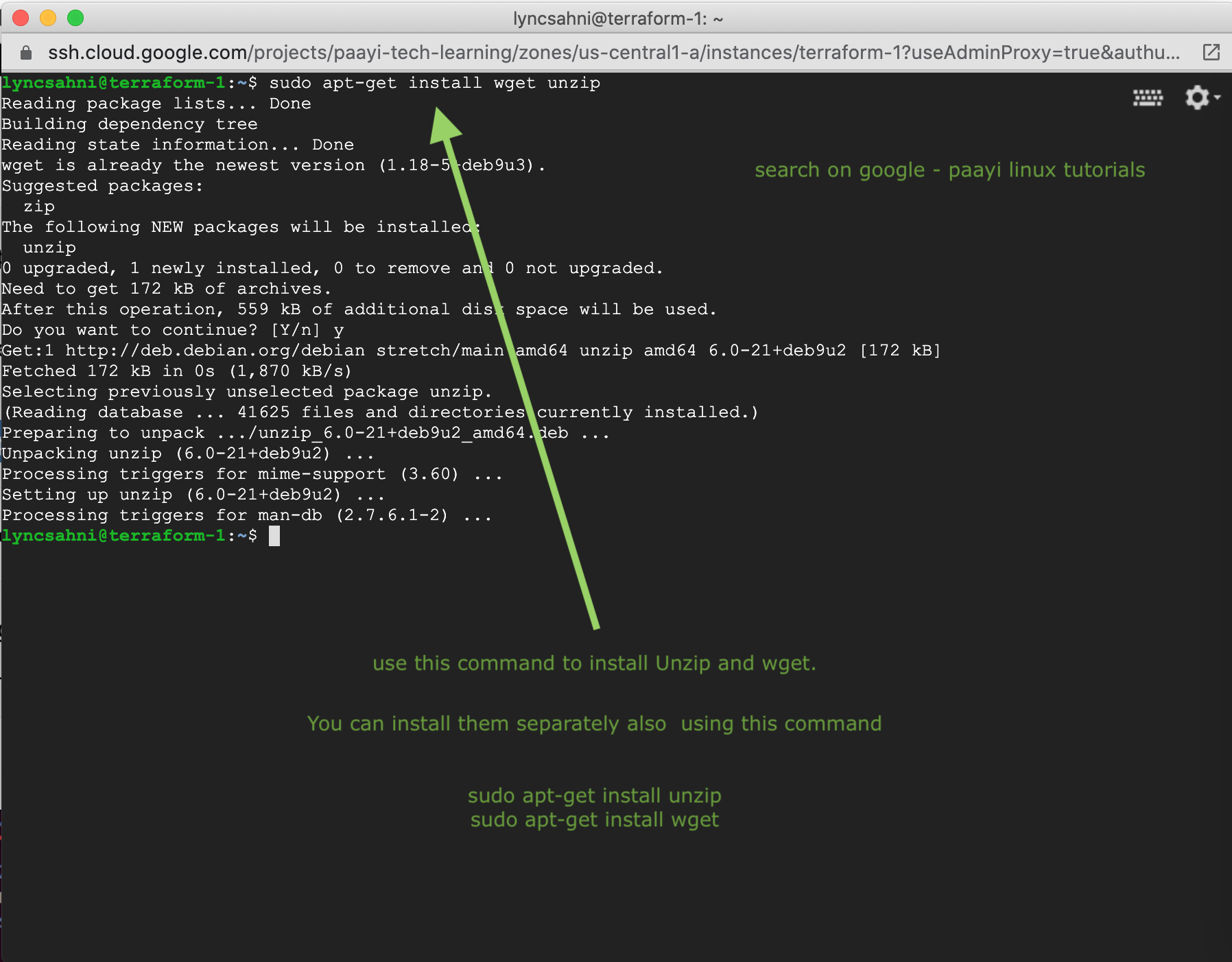
Installing Terraform on Ubuntu 20.04 will no longer be a hassle for you after going through this article.terraform-docs is available on Linux, macOS, Windows, and FreeBSD platforms. If you want to remove Terraform from your Ubuntu 20.04 system, then you will have to run the commands shown below successively: sudo apt-get purge terraform. Removing Terraform from Ubuntu 20.04.

And despite its name, you can also install Pi-hole on several other Linux distributions. Important gotcha: working with relative file pathsIn this guide, we will be installing PiHole in Ubuntu 18. Verify that the installation worked by opening a new terminal session and listing Terraform's. Retrieve the terraform binary by downloading a pre-compiled binary or compiling it from source. For a.Install Terraform Install Terraform.
Apt Terraform Code For Managing
Create remote state and locking resources automatically Using the generate property to generate terraform code for managing remote state Rules for merging parent and child configurations Filling in remote state settings with Terragrunt Keep your remote state configuration DRY DRY common Terraform code with Terragrunt generate blocks
Configuring Terragrunt to assume an IAM role Limiting the module execution parallelism Execute Terraform commands on multiple modules at once Using read_terragrunt_config to DRY parent configurations Using exposed includes to override common configurations
terragrunt-ignore-external-dependencies The problem with mixing remote Terraform configurations in Terragrunt and lock files The long version: details of how Terragrunt handles lock files The short version: how to use lock files with Terragrunt
for_each to call terraform module multiple times A note about using modules from the registry get_terraform_commands_that_need_parallelism get_terraform_commands_that_need_locking
(read_terragrunt_config) Keeping remote state configuration DRY dynamodb_table_config block that populates dynamodb.CreateTableInput struct dynamodb_table_config block in remote_state.config Option 3: scaffolding tool that code gens live config using a template
Single terragrunt.hcl file per environment (import block) Keeping remote state configuration DRY (import block) Reusing common variables (import block) Hierarchical variables included across multiple terragrunt.hcl files
Apt Terraform Download From Releases
Add execute permissions to the binary. Rename the downloaded file to terragrunt. Downloading the binary for your operating system: e.g., if you’re on a Mac, download terragrunt_darwin_amd64 if you’re on Windows, download terragrunt_windows_amd64.exe, etc. Move from terraform.tfvars to terragrunt.hclInstall Terragrunt Download from releases page Enhancing include with import semantics



 0 kommentar(er)
0 kommentar(er)
